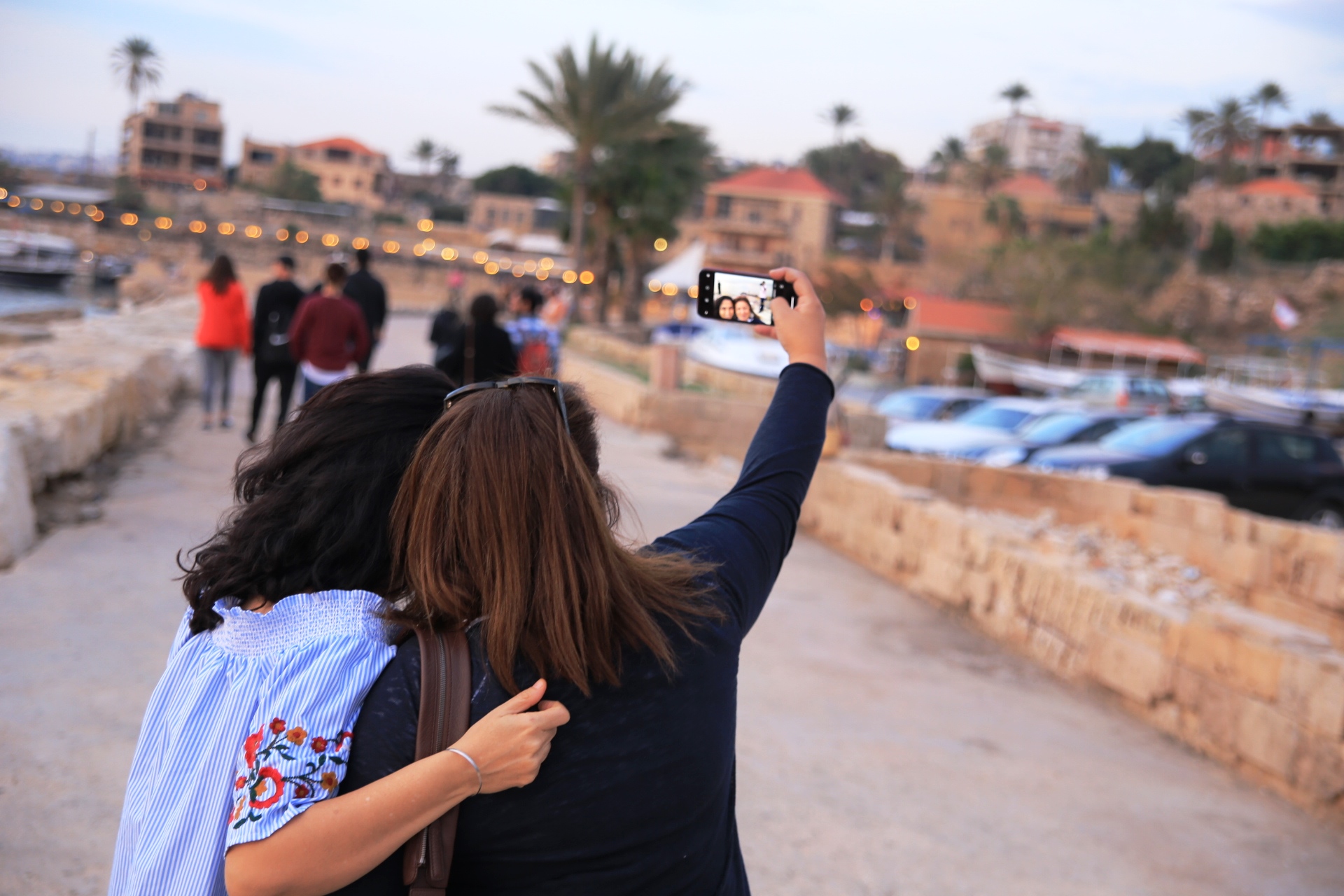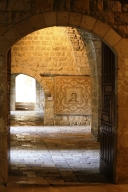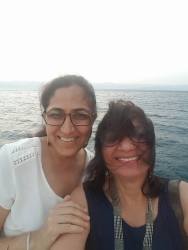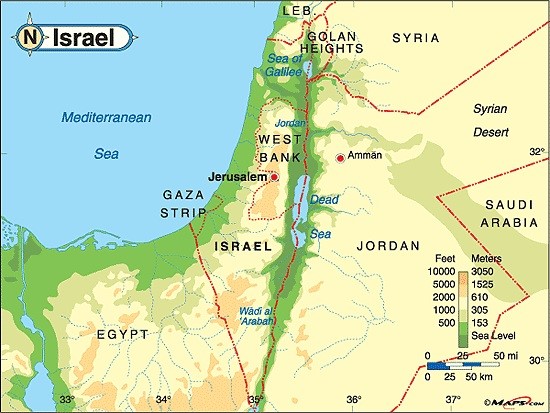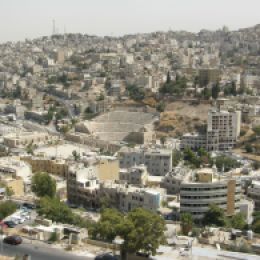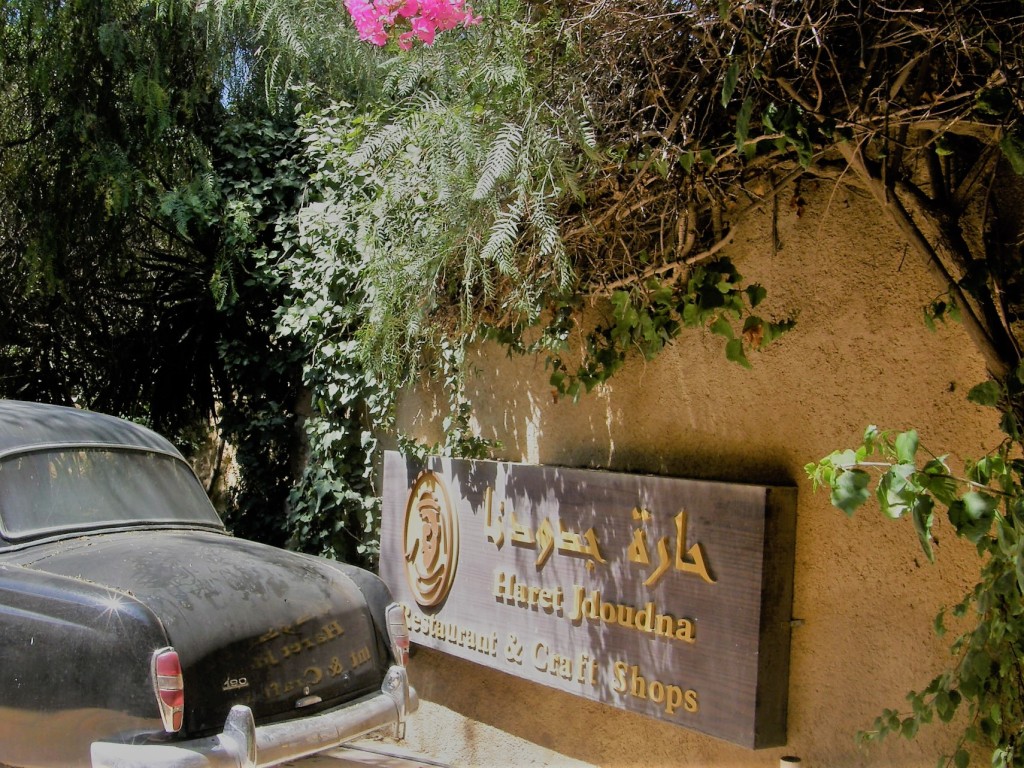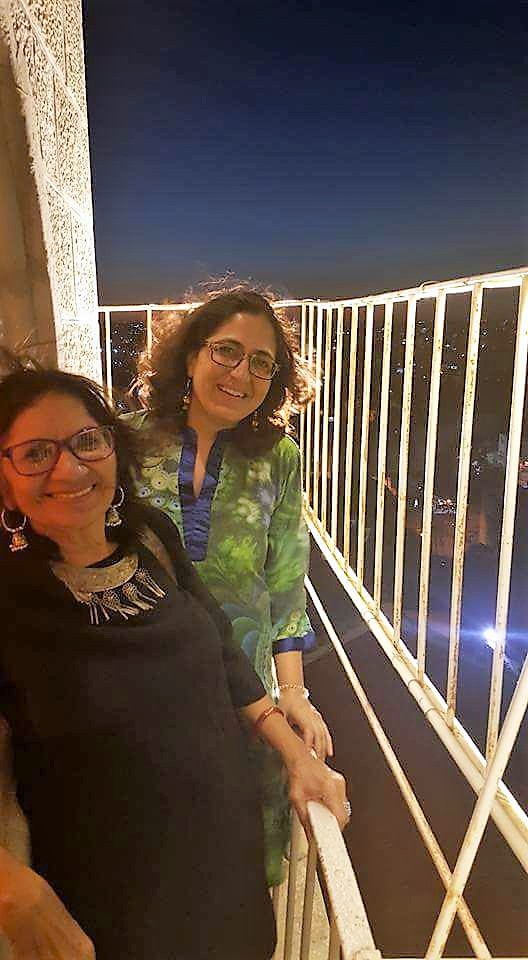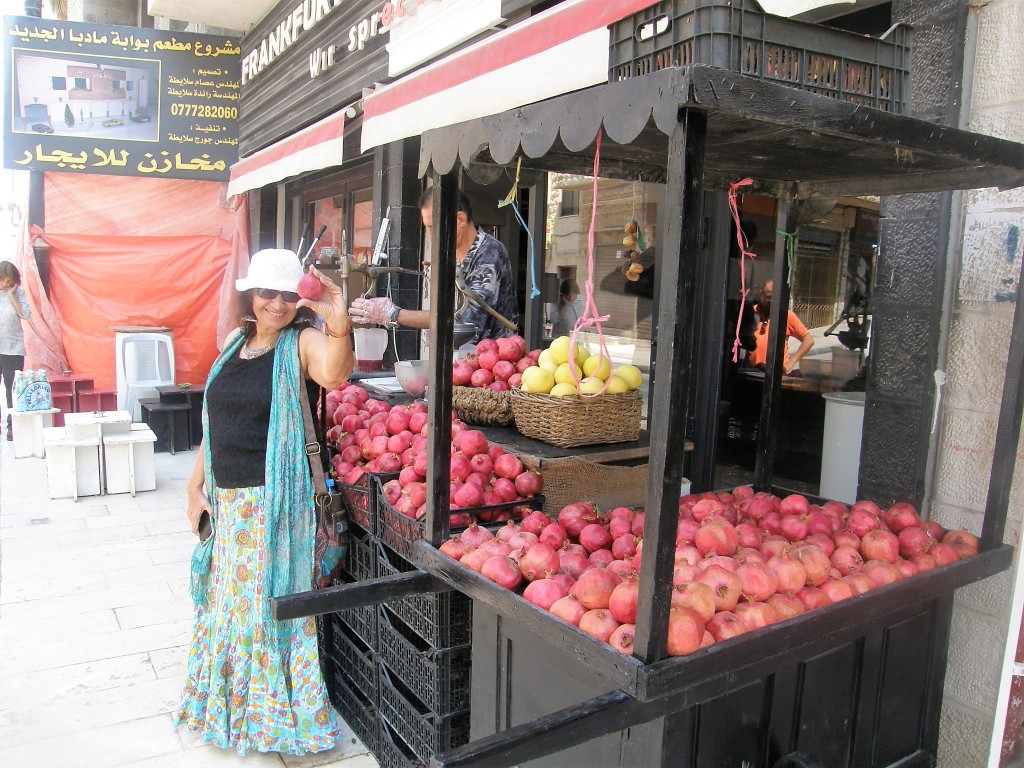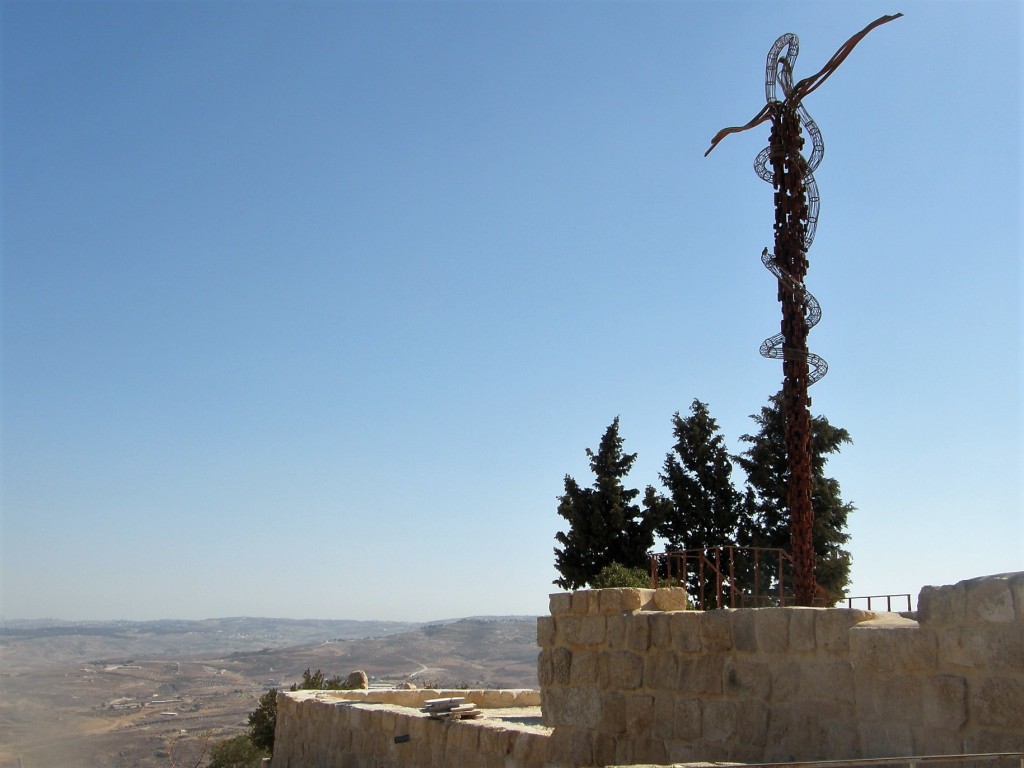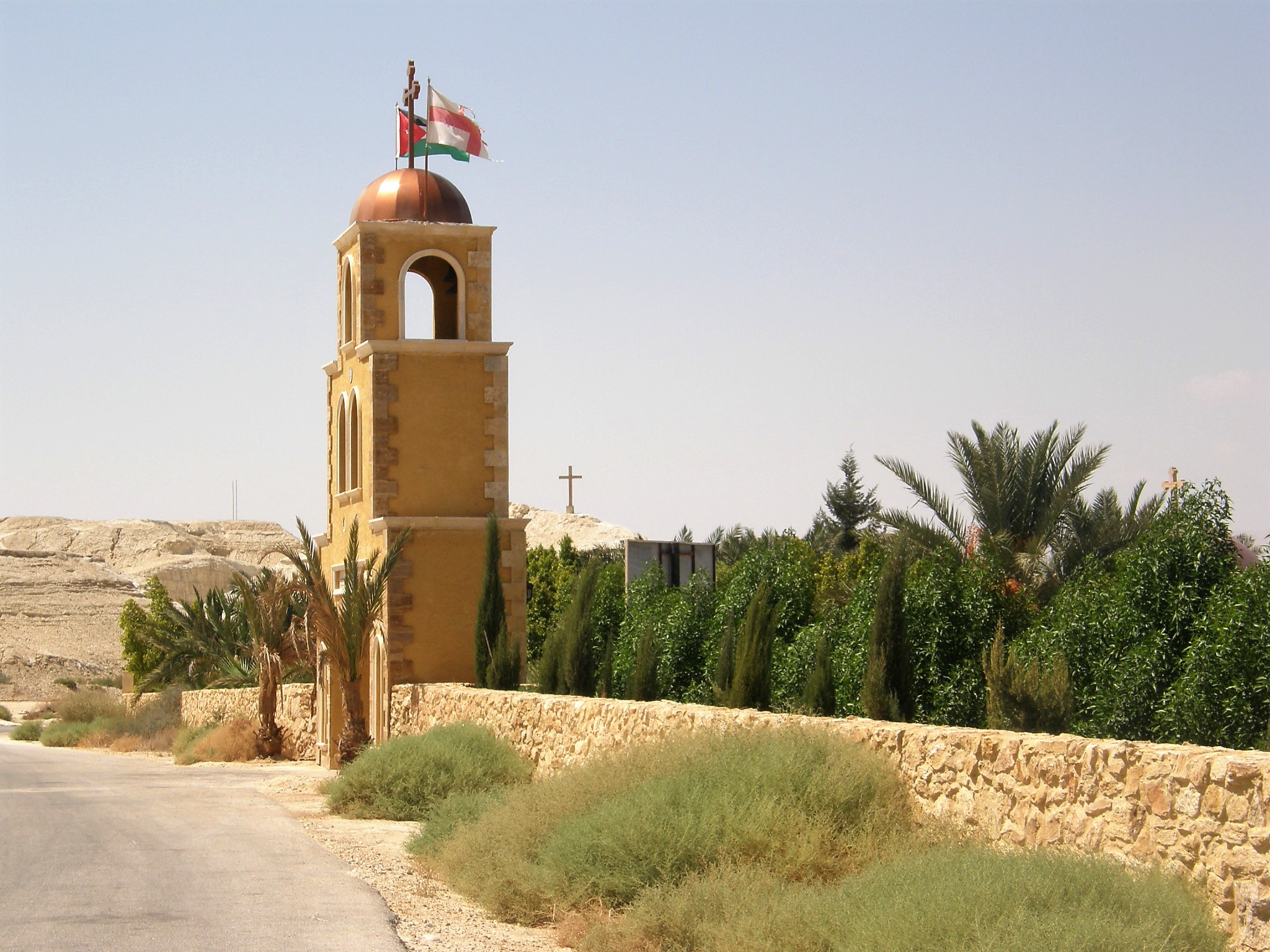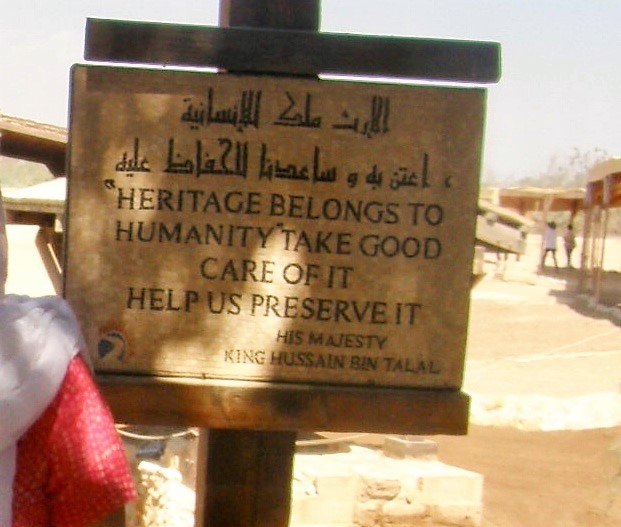Tags
Anjar, Baalbeck, Batroun, Beirut, Beirut National Museum, Byblos, Cedars, Chouf, Druze, Gibran Museum, Jumlatt, Lebanon, Mount Lebanon, Phoenicians, Pigeon's Rock, Qadisha Valley, Qannoubin, Ummayads, Wadi Moukhtara
I had never thought of visiting Lebanon. But then I got tantalizing photos from Sherine who had been living there from the last three years. “So much history, beautiful landscapes, the mountains slipping into the sea – you have to come here”, she said. Hardeep wanted to go too…it had to be a few days around Diwali. So, November first week in 2018, off we went!
Hardeep came in from Mumbai and I from Delhi. We landed 15 minutes apart on the small airport in Beirut. And Sherine ran in during her lunch hour to get us. Ah – all perfect timing!
The views as the plane descended got me salivating – Mount Lebanon standing as a life guard on the blue Med sea, the barren Pigeon’s Rock jutting out just off the coast, multi-colored housing – and when Sherine gave us a short tour around before dropping us at her home, I knew we were going to have very interesting time.
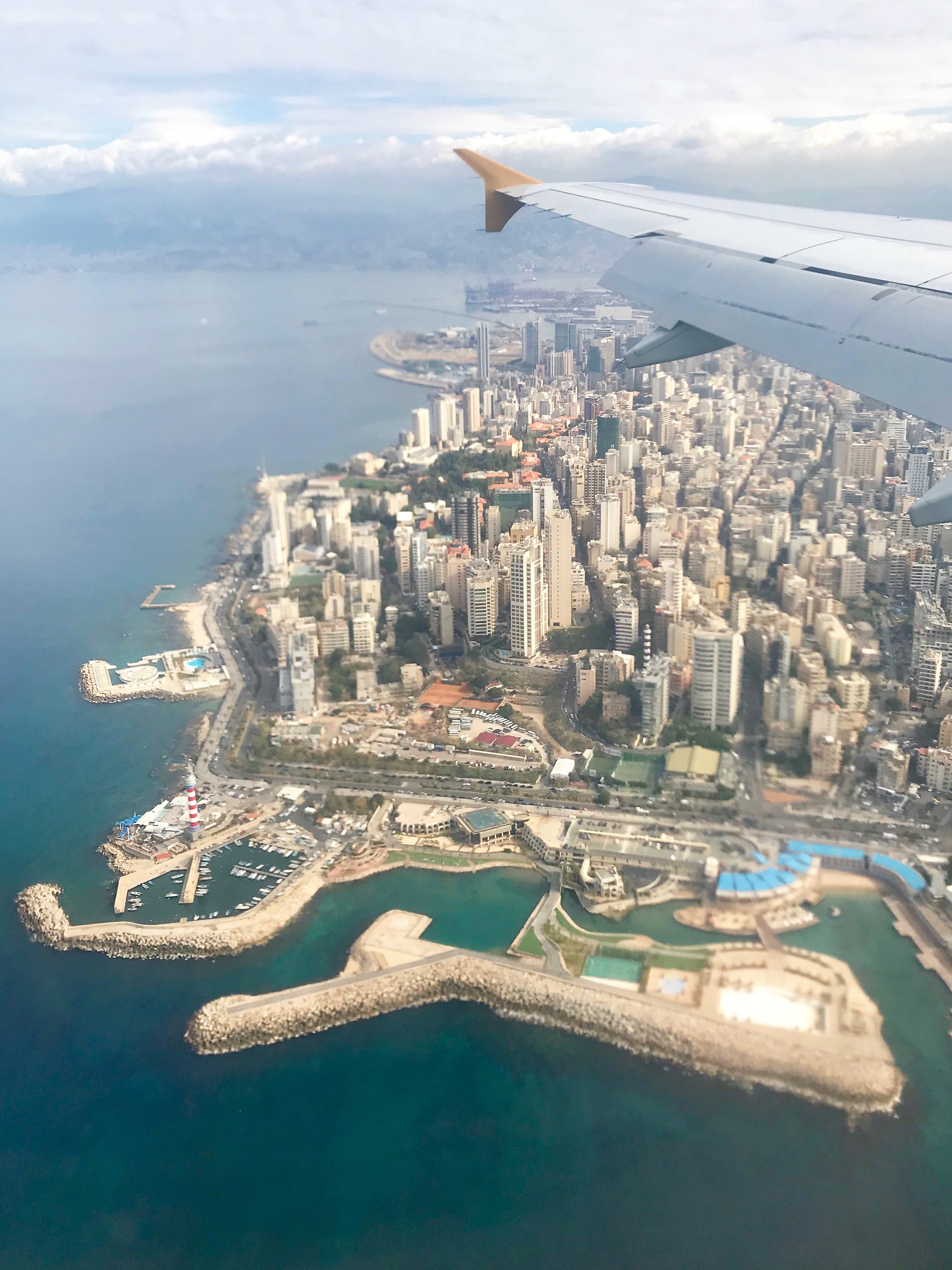
Everyone in Lebanon has a story, Sherine said. And soon we understood that every street had a story too. The road from the airport passed the neigbourhoods of Sabra and Shatila which witnessed the bloody massacre of Palestinian refugees in 1982. As we left the mosques and many flags behind, it was almost as if we had entered a different world. Chic buildings, modern housing, predominantly Christian shops and the street where President-elect Bachir Jemayel was assassinated. And as I was introduced to the quiet janitor of Sherine’s building, a Christian refugee from Syria, I could not help thinking Omg!

We quickly ate some Manoushe and headed out to make the most of the afternoon at the Beirut National Museum. It is small but packs in a lot – much like Lebanon itself! And it gave us a great introduction to the history of the country. Powered by its special geographical location on the Sea and its vast hinterland, the earliest inhabitants, the Phoenicians, became masters at trade with Egypt, Greece and other civilizations. Going through the fantastic displays, we realized that it was this critical location that has dominated Lebanon’s history and its present.
Day 1 ended with a sumptuous dinner at Enab – one of the many fab restaurants in the city.
The next day we headed west towards the ancient site of Baalbeck. We climbed over Mount Lebanon and to the other side into the Bekaa valley. This valley is the food bowl for Lebanon with huge outputs of fruits and vegetables. The road is dotted with farms and food processing units. Since it was potato picking season, the farms were overrun by families of pickers – all from Syria. And the closeness to Syria was accentuated by the awareness that just a little further south west, lay Damascus.
Baalbeck town itself is the stronghold of the Hezbollah, whose presence could be felt in the large flags that fluttered from the various buildings. But as we entered the gates of the Baalbek site, we were transported into the times that the Greeks and Romans walked there. This is not just another Roman temples ruin – it is the largest and best preserved. We took a guide for an hour and then spent another hour meandering, clicking photos in the beautiful morning light.
We then headed towards Anjar. This is a slightly longer way to get back to Beirut but its very worthwhile for two things. One. for the excellent restaurant called Al Shams where we had delectable roast lamb and rice, followed by a huge bowl of local fruits. I was wondering why the restaurant had such massive seating when someone told me that this was to cater to flocks of Lebanese and Armenian diaspora who come here for summer holidays. Incidentally, Anjar was developed as a settlement area for Armenian refugees in 1940 and it continues to be dominated by the Armenian Christian community.
And two, for the atmospheric ruins of the Ummayads.
Back in Beirut we celebrated Diwali by eating some super sweets from road side vendors and then dinner at the well-known Cafe Leila.
On Day 3 we made an early start and headed off to Qadisha Valley in North Lebanon. I was looking forward to this part of the trip as we were planning to hike in the Holy Valley – a beautiful gorge that is dotted with monasteries that have sheltered Christian monks since the last 1700 years. We reached our first monastery in the northern part of the valley – the Dier Mar Antonius Qozhaya. This is the largest hermitage, said to be first built in the 4th Cent. The entire structure hugs the sides of the gorge – some buildings look new and some (like the cave chapel) are primitive. The first printing press of the Middle East was placed here and we also saw books written in Syriac language, used by the monks since so many centuries. As we walked along the old pathways and breathed in the crisp mountain air, I felt a sense of timelessness…
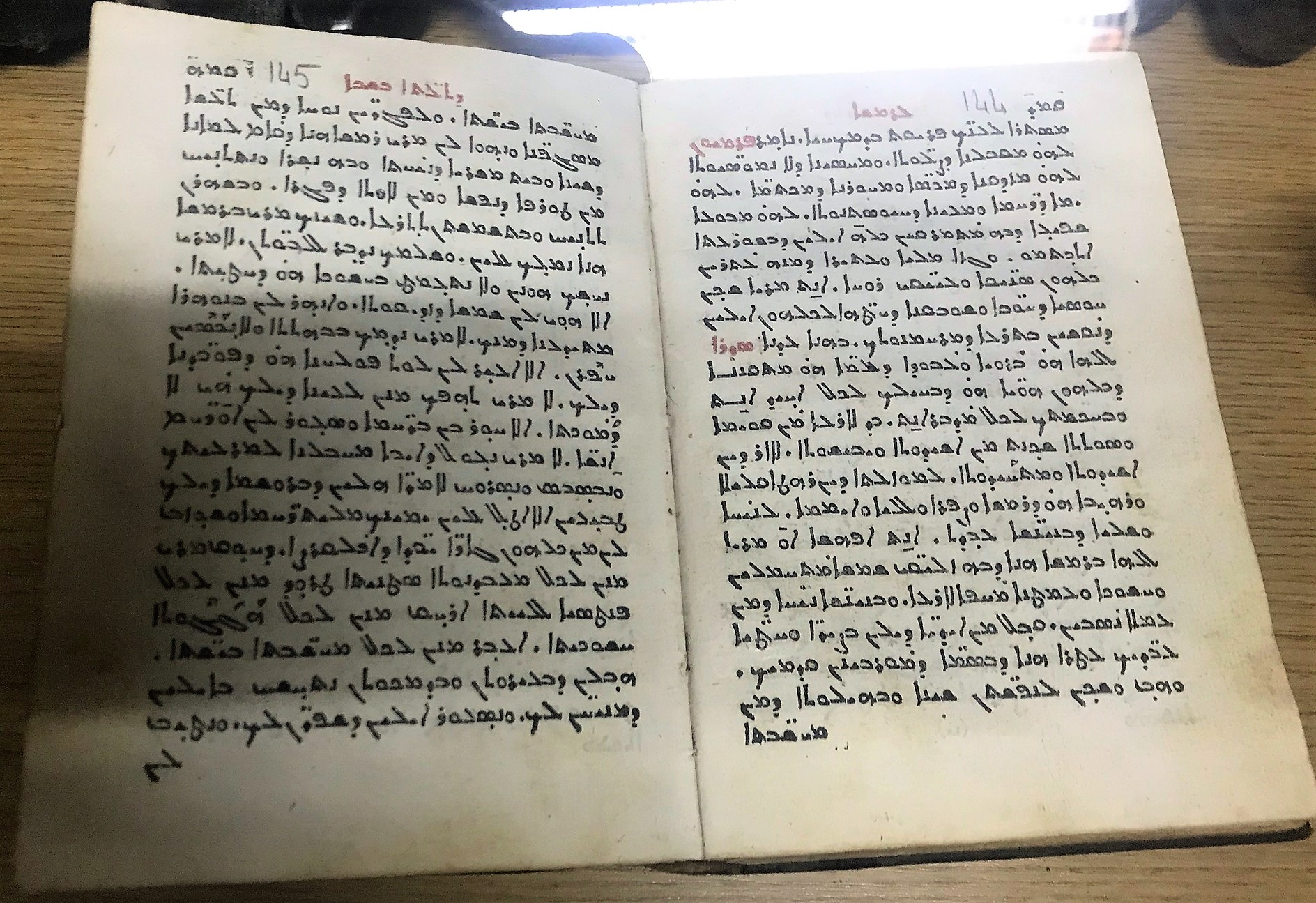
Syriac script
We went to more monasteries in the Valley later in the day but before that we stopped off at the Gibran Museum in Bcchare, his birthplace. I have been a forever Gibran fan so it was a must-stop for me. I was delighted to see a large number of school kids visiting the place – their teachers helping them understand the outstanding mind of Gibran through his evocative paintings and writings. I picked up one haunting reprint of his musings on religion.
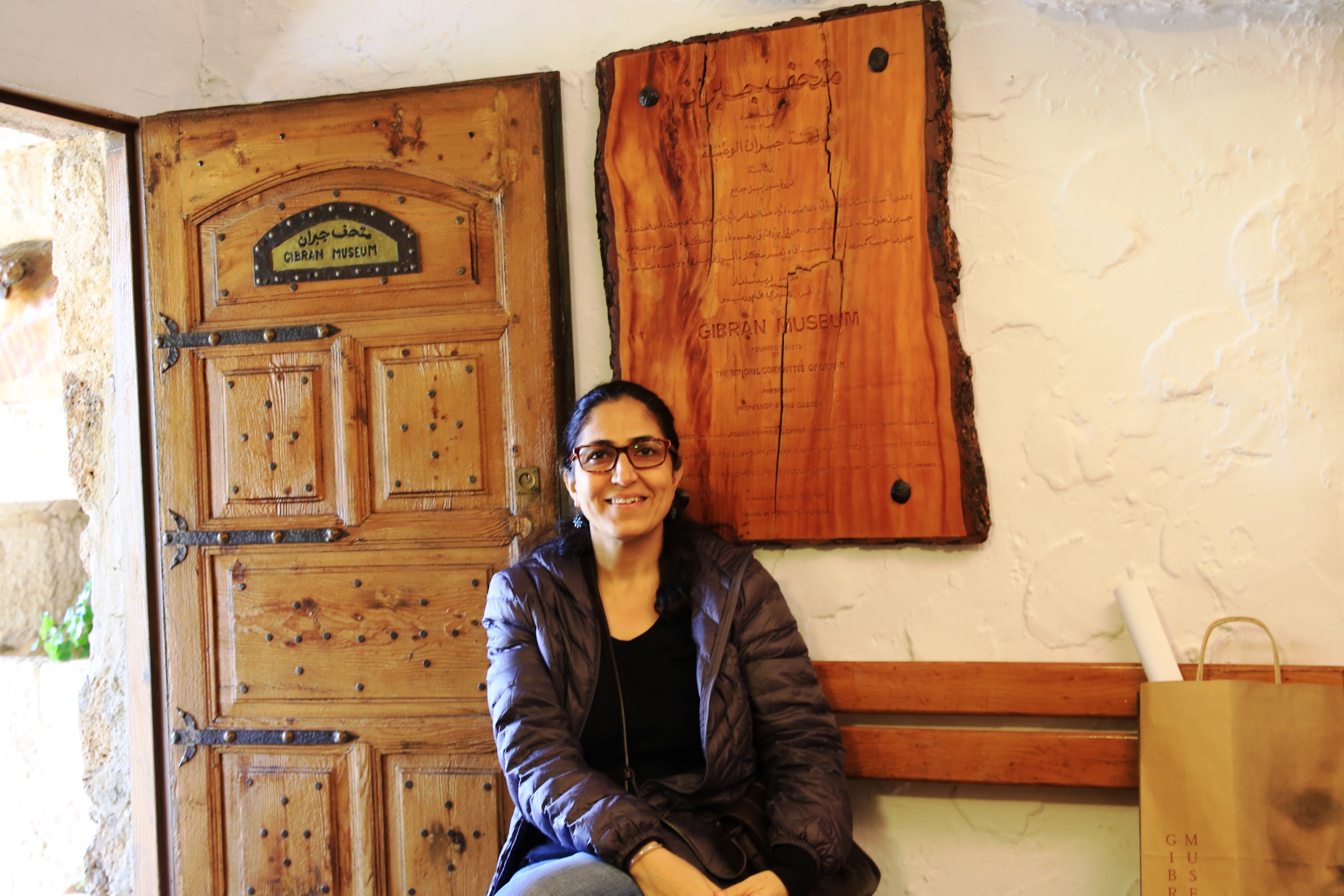
Our next stop was the Cedar forest further up the mountains from Bchhare. At one time, Lebanon was covered with thick forests of cedar – so abundant that it figures in holy scriptures and on the Lebanese national flag. Today, only about 400 of the ancient trees remain. It is quite lovely to see the old trees in their majestic glory and feel the cool scented breeze. Our driver then picked up big baskets of the local apples and I was struck by the luck the Lebanese had – within a couple of hours from bustling Beirut they could hit the mountains and ski if they please!

Finally, around 1 o clock we made our way back to the Qadisha valley – this time to the southern end. This was a descent into the valley by car, though people hike down the steep gorge walls. The first monastery at this end is the Mar Elisha monastery, – almost carved into the gorge walls and now a large museum. Then we walked along the river Kadisha (facing north) to one of the most interesting monasteries – the Qannoubin monastery. The walk is stunning – surrounded as you are by the high walls of the mountains and autumn adorned trees.
This walk one-way from Mar Elisha to Qannoubin was about an hour and half and as luck would have it, by the time we reached the isolated Abu Joseph restaurant, it started to drizzle. The guys at Abu Joseph discouraged us from walking further to Qannoubin monastery – it did seem difficult as it meant another 45 mins up to the monastery and back. And then the walk back to Mar Elisha. It was 3pm at that time but the glorious day had abruptly turned dark. I was so torn. Just then, a monk came down from the Qannoubin monastery and said that we had to go up there and it wasn’t far at all. Our spirits revived, we worked out a deal with Abu Joseph (maybe thats what he actually wanted!) to drop us by car back to Mar Elisha where our car was parked. Then, we literally ran up the gorge walls to the Qannoubin.
And as we entered the white washed austere little monastery, it seemed like we just had to be there. Time stopped. We were enveloped by a hushed silence. This was an old old place, the wooden steps walked upon by people for more years than we could count. As I sat in the tiny chapel, I could imagine the hushed conversations here when the Maronite monks had fled persecution and come here, the prayers in the tough winter, the hope in the spring. Clouded with thoughts, I walked into the small room next door and there looking at me was the mummy of a saint. My heart stopped but only for a moment. Because it seemed alright. He had to be here, in this place, forever.
The Holy Valley has a forever-ness. And I would have loved to be here longer. If I had more time, I would have done this differently. But we had to move down and take the car to Mar Elisha and then back up to Bcharre and Beirut.
After getting back to Sherine’s home and some copious tea drinking, we hit the streets and ate some wonderful shawarma and falafel at the boisterous Barbar restaurant in Hamra street.
But my mind was still in the Valley. If I had the chance again, I would have planned for 2 or 3 days. I would have stayed at the first monastery we visited – the Dier Mar Antonius Qozhaya. I had noticed that they have simple accommodation there. And from there explored the valley and the many monasteries and grottos between the Dier Mar and Mar Elisha. Hmmm, next time…
Meanwhile here below is a useful map to navigate the valley and a link to a good guide http://www.living-lebanon.com/the-valley-floor-on-foot.html

Day 4 was a late start and a lovely breakfast on the waterfront. Everything seemed spanking new or under construction. The makeover from the old to glitzy new is going to be complete in a few months, I am told. Ah well…
Our breakfast was with one of Sherine’s friends who was Palestinian but born in Lebanon. His life and perspective was so intriguing – he had been born in a country that would not give him citizenship because his family roots were elsewhere! His pride and love for his country seemed to have a constant underlying question – why? The old truth struck me again – equality is not a concept, it is a feeling. When you feel unequal, no one can make you believe otherwise with their words. It just does not cut ice.
Surrounded by these thoughts, we drove up the coastline towards a small village called Batroun. This is Sherine’s favourite place in Lebanon and we fell in love with it too. As we parked our car, the local school closed for the day and little kids came running out to waiting parents. Lots of squealing and kissing. We passed many homes with their washing out and grandmoms sunning themselves. The rambling rose bushes, orange trees and grapevines around garden walls…this is no touristy must-stop. But its charm as one of the oldest cities in the world is unfailing.


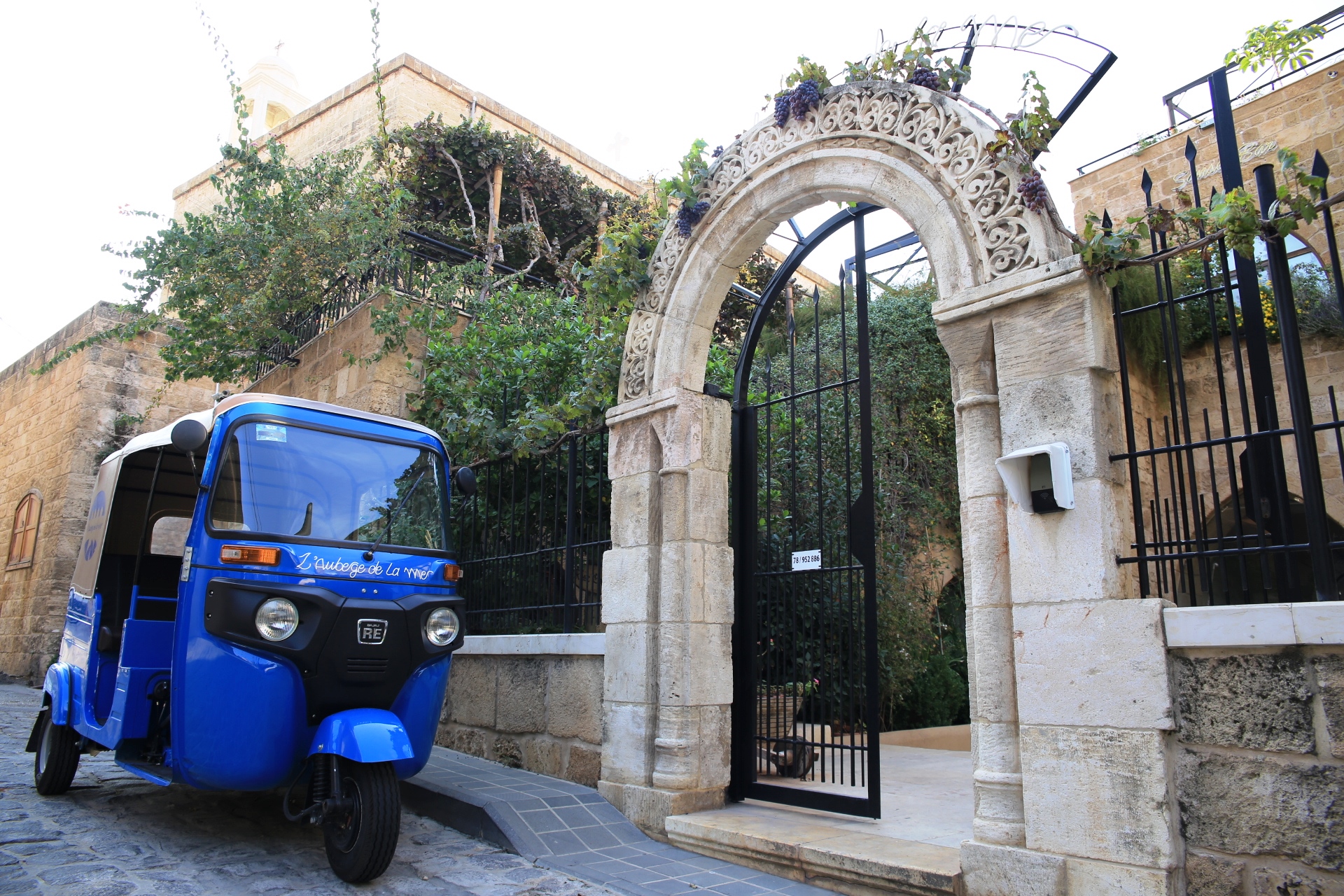
We spent a lot of time in a small chapel with a broad verandah looking over the sea. Batroun has perhaps the best remnant of the Phoenician Wall made in 1st BC. Watching people sitting on it and fishing, it humbles you to think that that must exactly be the place some young Phoenician must have cast his net 2000 years ago! Later, as we continued ambling about, we stumbled upon a Roman theatre in the back of someone’s garden. Batroun bowled us over.
Late afternoon, we drove now south again in the direction of Beirut, to Byblos. This is the second oldest city in the world – lived continually for the last 7000 years! Here, we climbed the fort walls, walked along the souks, took in the stunning sunset and settled for a hearty fish dinner. Far more touristy than Batroun but lovely nevertheless.
The last day – Day 5 – we now headed towards the Chouf district in the mountains in the South. It again amazed me how one can climb from the sunny coast to the cool mountains, within a half hour! As we entered Chouf district, we sensed we had come into a place with an intriguing culture and history. All around us, people were going about their daily chores but men and women – they were dressed very differently. The men wore black short jackets with a white shirt over elaborate baggy pyjamas. And the women wore black burquas but with white veils. These are the Druze people, who have dominated the Chouf district in numbers and influence. Our first stop was the beautiful Beit ed-Dine Palace. Its sumptuous interiors, decorated with crafts from the Middle East are fascinating.
But even more fascinating were the conversations with had with the security people there. These young men are Druze and for them guarding the Beit ed Dine palace is a matter of great pride. He showed us the place where the President stays when he comes here and also where he has consultations with local people. The way political representation is agreed in Lebanon is that certain positions are reserved for particular ethnic groups. So, the Chief of General Staff is always a Druze. This, he said with a smile, was the importance of being a Druze. We then quizzed them about the Druze ways and learnt that the community is very tightly knit. The Druze cannot marry outside their community, they cannot convert in or out, they speak Arabic but their faith and culture borrows elements from Islam and Christianity. Omg! And I thought that such ethnic and religious diversity was only an Indian feature! Well, that why we must travel….to learn that people are so different and still so alike!

After the palace, we decided to do a short hike in Wadi Moukhtara. I had read about the trail on http://www.living-lebanon.com and wanted to see if we could do it on our own. But little did we know that we are going to have a very different adventure!
So, Moukhtara, a small town in the Chouf district, is the stronghold of the Jumlatt family. This family has been leading the influential Druze community for a long time and Moukhtara is rife with the tales of the family’s accomplishments, struggles and martyrdom. When we reached the massive Jumlatt mansion, we stopped to ask for directions to Wadi Moukhtara. The guards, all dressed in black and wielding guns, suggested that we should not go there as it was likely to rain. As if on cue, the clouds darkened and a light drizzle began. Instead, he said, why don’t we visit the Jumlatt house?
Before we could fully agree on the plan, a very smart looking guard came forward and ushered us into the imposing gates. What followed was one of the most intriguing house tours I have ever been on! First, the garage with many cars. And here, exactly the way it was forty-one years ago, was the car in which Kamal Jumlatt had been assassinated. Tyres busted, windscreen shattered and riddled with bullet marks, this has been retained as a grizzly reminder of the sacrifice of the Jumlatt family. A bit unnerved, we walked up to the actual house. Here, suddenly, the mood changed. The courtyard was welcoming, with little pools and flowers. As we walked up the steps to the visitor chambers, we had another surprise – a life-like full sized Buddha! This, the guard explained as it it was the most obvious thing in the world, had been made by Walid Jumlatt for a Hindu guru who visits regularly and who is held in very high regard by the family! Then, we took in all the photos of the various members of the family, meeting dignitaries, spending significant moments together.
Walid Jumlatt’s family wasn’t in that day, but I could imagine kids running about in the rooms and courtyard. I guess, if you could ignore the omnipresent security and push back the memories of the bloody family history, this was actually a very pleasant home.

Why and how we came to be in this home, ofcourse none of us could figure out. But we did not ask too many questions. Just thanked the guards, cast one look around and made our exit. By this time, the drizzle had turned into full blown rain and we made our way back to Beirut, stopping only some delicious manoushe.
Back in dry and warm Beirut, we had a fantastic Armenian meal at Onno. We also went and picked up just the most amazing dry fruits, sweets and nuts from Al Rifai
And it was time to leave the next day. Mushed and sad, we said our goodbyes to Sherine and to the lovely country she called her home.
